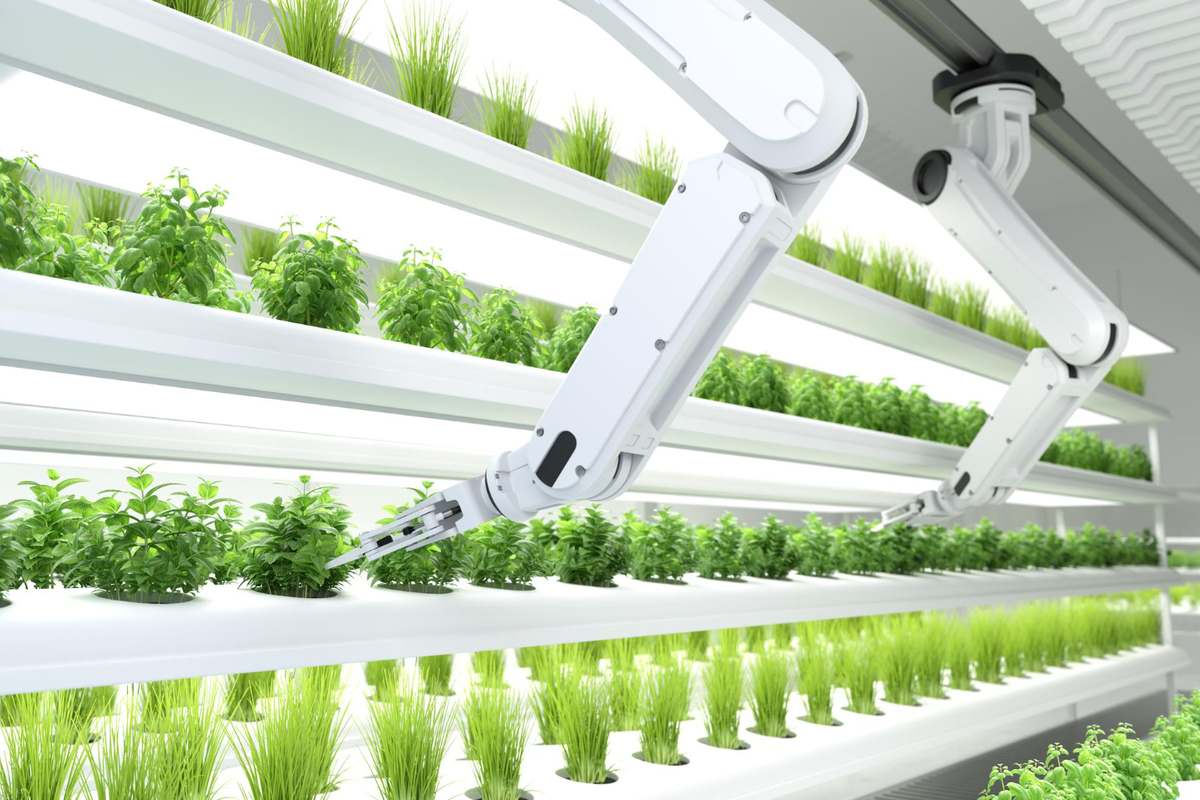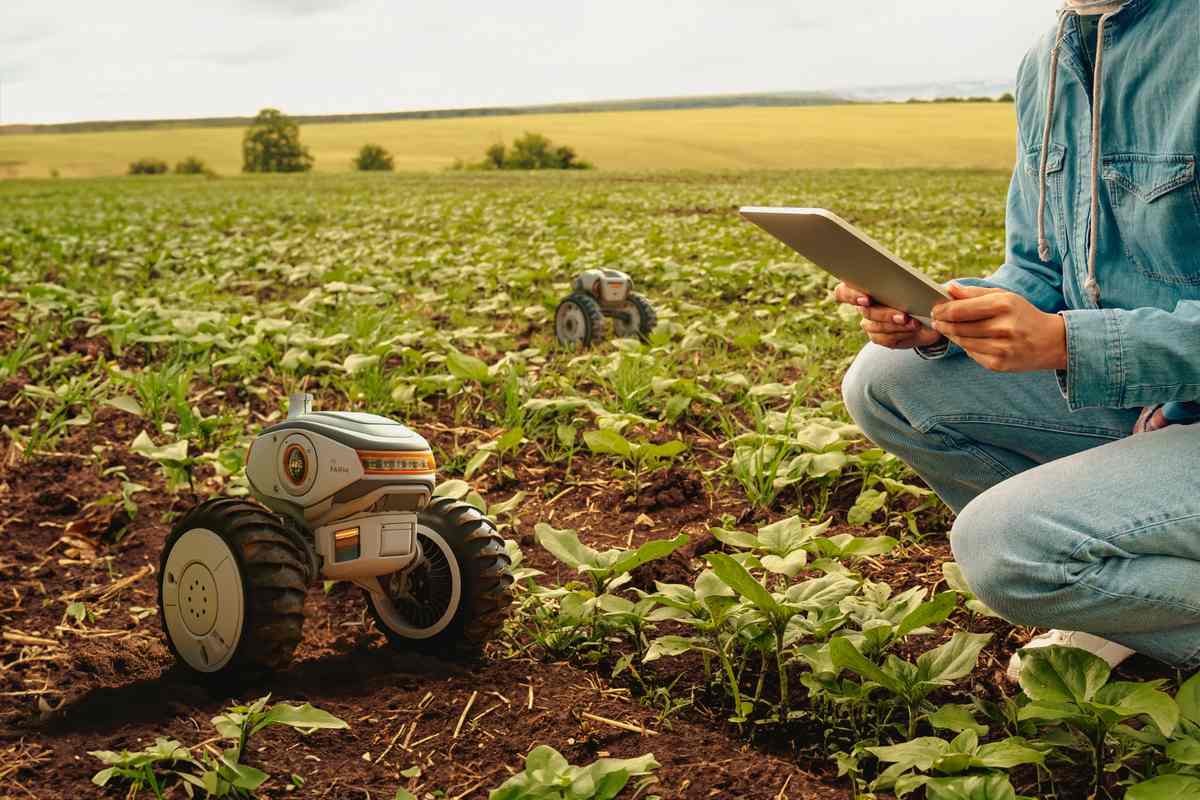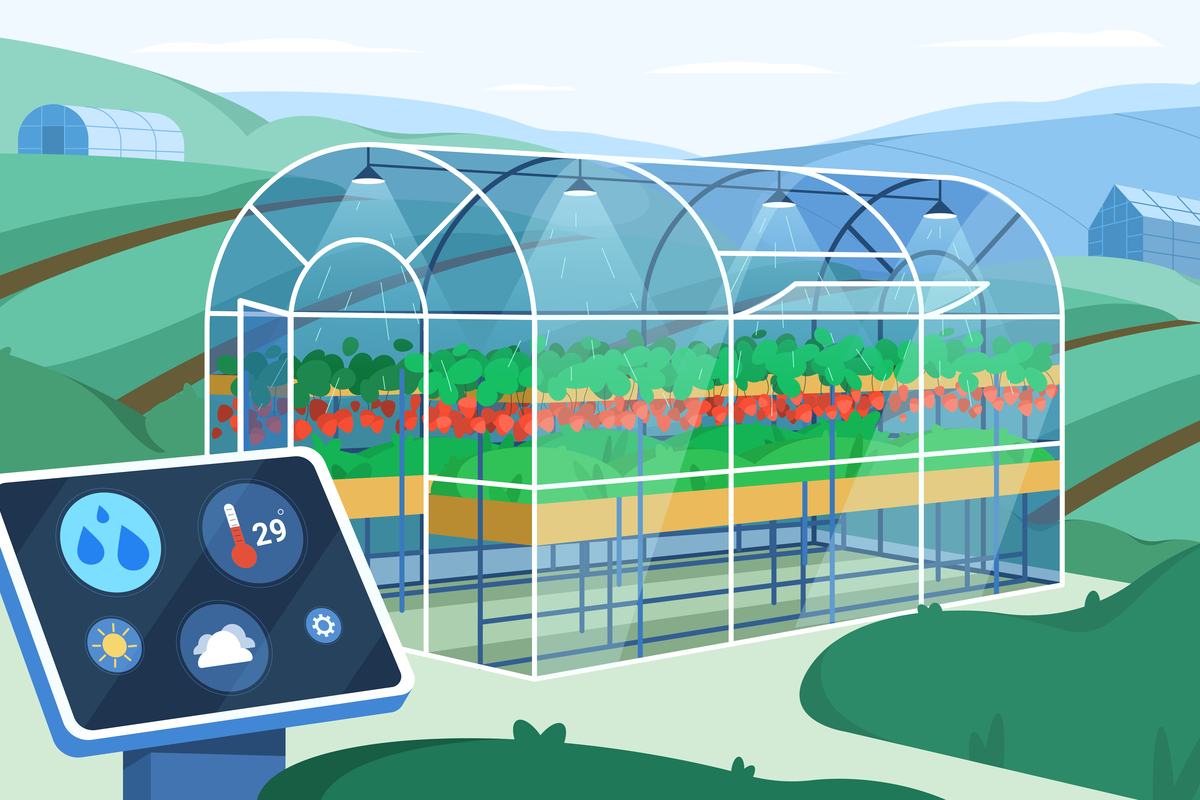The impact of Artificial Intelligence (AI) in agriculture is significant, marking the advent of a fresh era characterized by enhanced efficiency, sustainability, and accuracy. AI tools, including machine learning and computer vision, equip farmers with data-based knowledge to make well-informed choices throughout various aspects of agriculture. This revolutionary technology not only transforms conventional farming methods but also plays a role in promoting sustainable and environmentally conscious practices by minimizing resource wastage and reducing the ecological impact of farming operations.
Table of Contents
What is Artificial Intelligence in Agriculture?
Artificial Intelligence (AI) in agriculture refers to the application of advanced computational technologies such as machine learning and data analytics to optimize various farming practices. By providing farmers with data-driven insights, AI enables them to make informed decisions, thereby enhancing efficiency, productivity, and sustainability in the agricultural sector. Through the analysis of extensive datasets encompassing soil health, weather patterns, crop conditions, and more, AI algorithms can accurately predict the optimal time for planting, offer personalized irrigation schedules, and identify potential threats to crops. These machine-learning models continuously improve their predictions by incorporating new data, allowing farmers to adapt their strategies in real time. The integration of AI in agriculture has the potential to revolutionize traditional farming methods, equipping farmers with powerful tools to overcome challenges, increase yields, and contribute to a more sustainable and technologically advanced future for global food production.
Role of Artificial Intelligence in Agriculture

1. Precision Farming
AI plays a crucial role in revolutionizing precision agriculture through the analysis of vast amounts of data obtained from various sources such as sensors, satellites, and drones. By utilizing machine learning algorithms, this data is carefully examined to offer farmers valuable insights into crucial aspects like soil health, moisture levels, and crop conditions. These precise details serve as a guide for farmers to allocate their resources optimally, guaranteeing accurate application of water, fertilizers, and pesticides. As a result, waste is minimized, and crop yields are maximized, leading to enhanced efficiency in agricultural practices.
2. Crop Monitoring and Health Assessment
Computer vision and AI-driven image recognition technologies play a crucial role in enhancing crop monitoring. By utilizing drones equipped with advanced cameras, farmers can capture high-resolution images of their fields. These images enable the early identification of diseases, nutrient deficiencies, and pest infestations, empowering farmers to promptly address these issues. As a result, crop losses are minimized, and the overall health of the crops is optimized.
3. Weed and Pest Management
AI is utilized to develop intelligent systems for the management of weeds and pests. Through the integration of AI, autonomous robots can differentiate between crops and weeds, enabling them to selectively administer herbicides. Likewise, AI-powered systems can detect and focus on particular pests, thereby minimizing the reliance on pesticides and mitigating the environmental consequences.
4. Autonomous Machinery
AI plays a crucial role in the advancement of autonomous machinery, including self-driving tractors and harvesters. These machines rely on AI algorithms to navigate fields, sow seeds, and gather crops with remarkable accuracy. This not only leads to a decrease in labor expenses but also significantly improves the effectiveness of field operations.
5. Climate Adaptation
AI assists farmers in adjusting to the ever-changing climate conditions. Through the analysis of weather patterns and historical climate data, AI offers invaluable insights that empower farmers to predict and prepare for extreme weather events. Armed with this knowledge, farmers can take proactive measures to safeguard their crops and livestock, thereby strengthening their ability to withstand the challenges posed by climate change.
6. Supply Chain Optimization
AI plays a crucial role in enhancing the efficiency of the agricultural supply chain through the optimization of logistics and the accurate prediction of market demands. By employing advanced algorithms, AI effectively analyzes various data sets encompassing transportation routes, storage conditions, and market trends. Consequently, this comprehensive analysis enables the supply chain to distribute agricultural products more efficiently, resulting in a reduction of food waste and an overall improvement in efficiency.
7. Predictive Analytics
AI-powered predictive analytics is transforming the decision-making process in the field of agriculture. Through the analysis of historical and real-time data, AI algorithms can forecast crop yields, detect potential disease outbreaks, and suggest the most favorable planting periods. By leveraging these predictions, farmers are empowered to take proactive measures, effectively managing risks and maximizing productivity.
Challenges of Artificial Intelligence in Agriculture

1. Cost of Implementation
Implementing AI technologies in smaller and resource-limited farms can pose a significant financial burden due to the high initial investment required for purchasing equipment and systems. Additionally, the cost of training personnel to effectively utilize and maintain these technologies further exacerbates the financial challenges faced by these farms.
2. Access to Technology
Unequal access to advanced technologies poses a significant challenge. Farms in remote or economically disadvantaged regions may lack the necessary infrastructure, including high-speed internet and a reliable power supply. Consequently, the implementation of AI-driven solutions becomes impeded.
3. Technical Expertise
Effective utilization of AI technologies requires a certain level of technical expertise. It is imperative for farmers and agricultural laborers to receive adequate training to effectively operate, maintain, and resolve issues with these advanced systems. This necessitates addressing the skills gap that arises as a result.
4. Adaptation to Local Contexts
AI solutions designed for specific regions or types of farming may not be directly transferable to varied agricultural landscapes. To ensure successful implementation, it is crucial to customize and adapt AI technologies to local contexts and practices.
5. Infrastructure Limitations
In some regions, inadequate infrastructure, including power supply and internet connectivity, can hinder the effective use of AI technologies on the farm.
6. Ethical Considerations
Ethical concerns arise in the field of agriculture with the implementation of AI, specifically concerning the responsible handling of data and the possible replacement of human workers with autonomous machinery. To ensure equitable and responsible practices, it is imperative to establish ethical guidelines and regulations for the use of AI in this sector.
7. Overcoming Resistance to Change
Farmers, especially those accustomed to traditional methods, may resist adopting AI technologies. To overcome this resistance, it is imperative to create awareness, offer education, and showcase tangible advantages.
Addressing these challenges requires collaboration between the agricultural industry, technology developers, policymakers, and educational institutions. Overcoming these obstacles is essential for maximizing the potential benefits of AI in agriculture while ensuring equitable access and responsible use of these technologies.
Future of Artificial Intelligence in Agriculture

The integration of artificial intelligence (AI) into agriculture holds great promise for the future, despite the presence of several challenges that may hinder its seamless implementation. AI technologies have the potential to revolutionize farming practices by offering solutions that enhance efficiency, precision, and sustainability. Through the use of machine learning algorithms, vast datasets can be analyzed to predict crop diseases, optimize planting schedules, and provide personalized cultivation strategies. However, some obstacles need to be addressed, such as the high cost of implementing AI, concerns regarding data privacy, and the digital divide among farmers. Additionally, the success of AI in agriculture relies on the development of standardized data formats and ensuring compatibility between different systems. Regulatory frameworks must also keep up with technological advancements, addressing issues related to data ownership, liability, and the ethical use of AI. Overcoming these challenges will be crucial in unlocking the full potential of AI and ensuring that it becomes an indispensable tool in shaping a resilient, technology-driven future for global agriculture.







